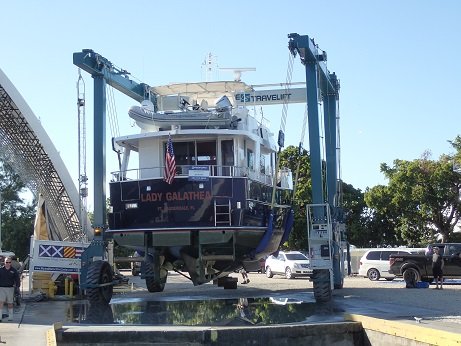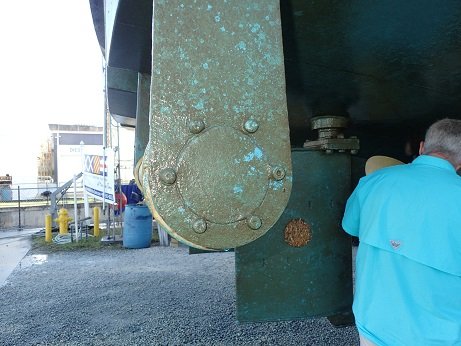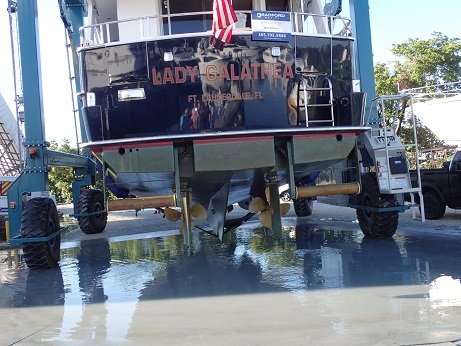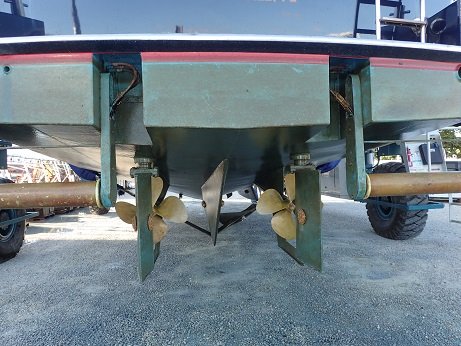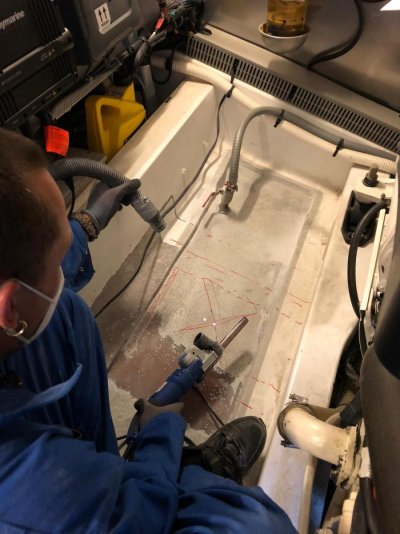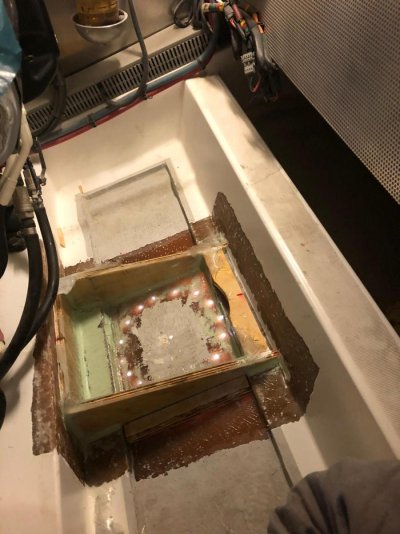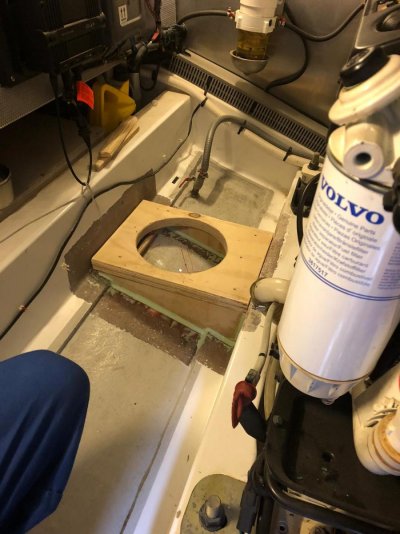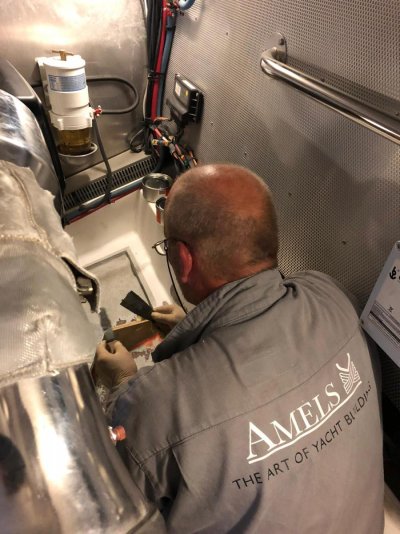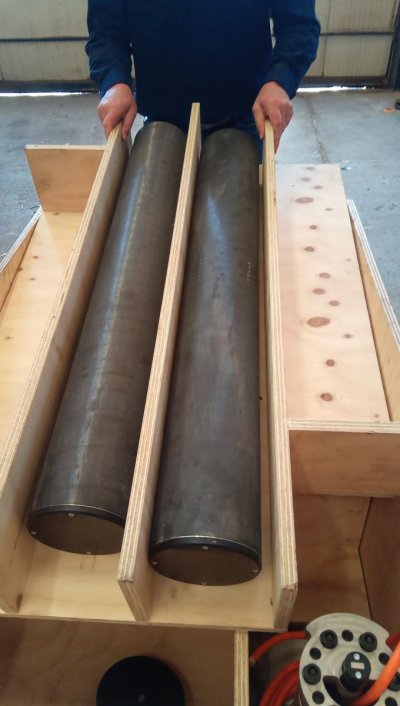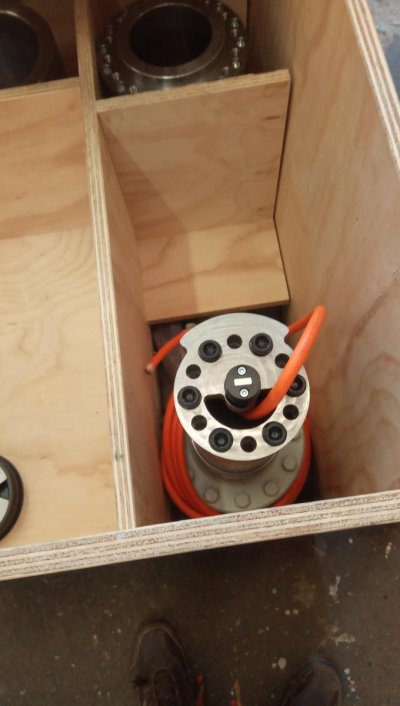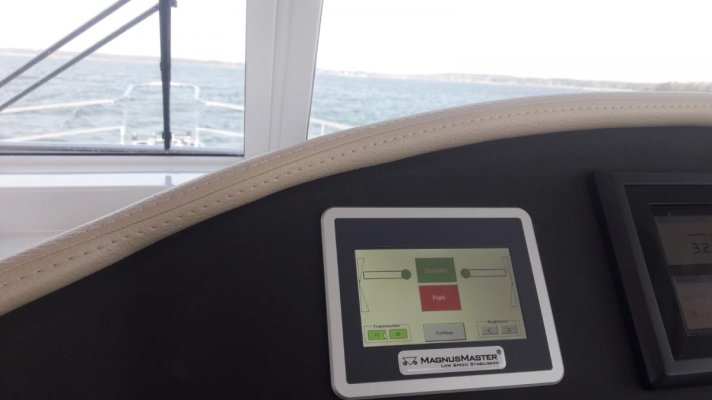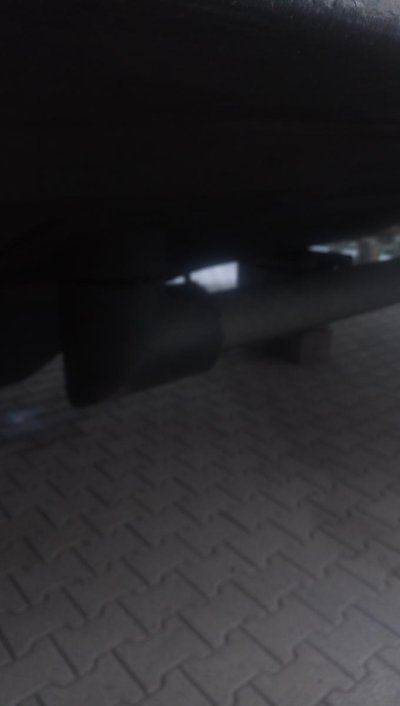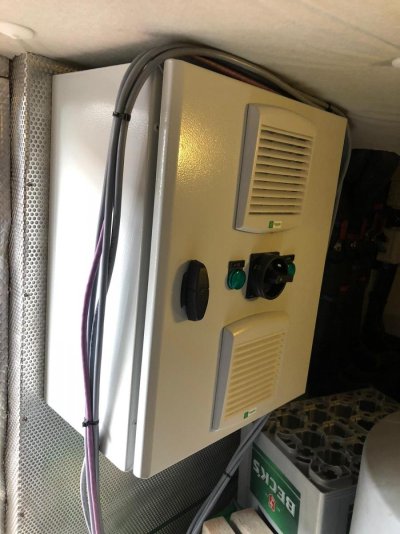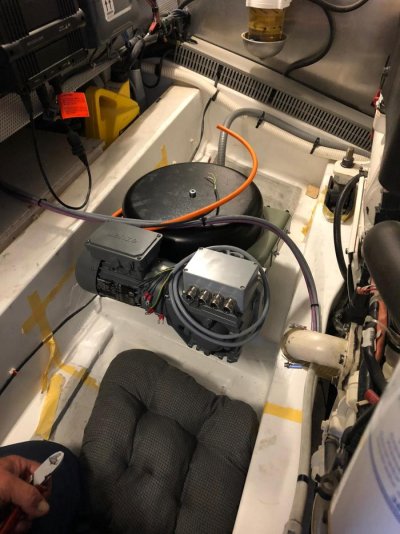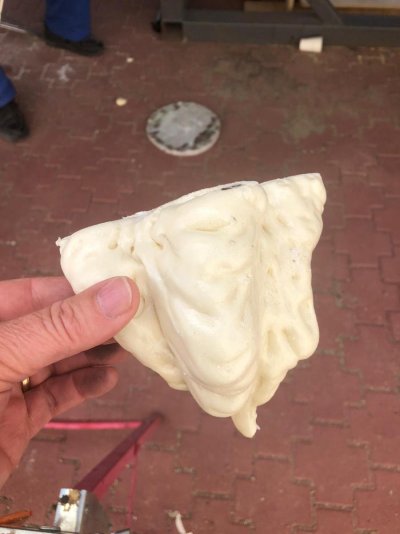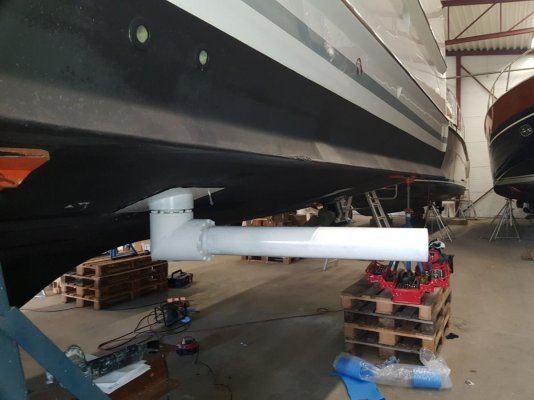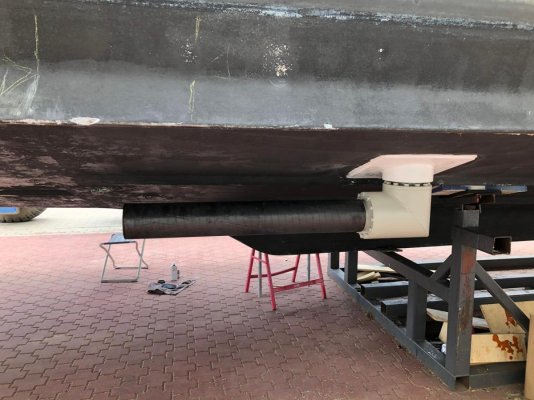You stated you looked at various fins from Naid and others, but found them “vulnerable”. Are you saying that large L shaped thing sticking out of the hull in the first photo is less vulnerable than a Naid fin?
Regarding Seakeepers, agree, you need internal space for it. We had a large empty spot in the aft portion of the engine room and it fit in there well. As far as start up time, it takes about 30 mins for it to spool up to engagement speed. Not a big deal, I just start it at the dock prior to leaving while on shore power and shift over to the Gen, or start it on our way out and it’s ready to go. Spool down time down is about 4 hours and it’s a non issue. The raw water cooling pump for the antifreeze heat exchanger runs about 15 mins, then shuts off. It just slowly winds down on its own, and the noise is barely audible. Not saying the Seakeeper is a better system because I don’t know anything about the one you are referring to, but I find people on TF have some opinions about Seakeepers and have little to no interaction with them except for what they heard second hand on the docks.
Agree with the above on all counts. The Magnus is retractable, so perhaps slightly less vulnerable, but then again you need to incorporate its "garage" into he hull, which itself could pose a vulnerability and, how strong is that garage if the fin were to strike something underway? What puzzles me is why this system has not caught on more, if it works as well as the manufacturer claims it has clear advantages, and it's been around for 15 years.
I'm curious, did you test the system on another vessel before committing, or are you relying solely on a boat show demo?
A few months ago a client of mine was encouraged by the manufacturer of the boat he's having built, to use the new Humphree electric fin stabilizer. He asked me about it and I agreed that on paper it looked very attractive, however, until I tested it, on a boat, in open water, I could not render an opinion. Humphree said they had installed it on many boats, mostly in Europe, so none were readily available for a trial in the US. Just last week I was finally able to test it at the builder in Asia. While it had some issues, which I believe are software related, when it worked, it worked well. While you can review stability graphs, there really is no substitute for a real-world test (be it a stabilizer system, forward looking sonar or noise reduction system), boat shows are far from the ultimate proving ground.
As far as gyros go, like everything else there's no free lunch, Seakeeper's longer spool up and down time is a function of its high rpm, which in turn is made possible by the fact that it operates in a vacuum. The high rpm makes it more effective for a given footprint. Competing gyros are less expensive because they don't operate in a vacuum, and as a result they turn more slowly, and spool up, and down more quickly, but are less effective for a given footprint. The Seakeeper and some other gyros also pivot on an axis, which enables them to effectively turn off, to allow a vessel to right itself if it does roll. Unlike fins, gyros do not correct roll, they simply resist it, an important distinction. Not all gyros incorporate this feature. Without it, if the vessel does roll, it's slower to return to an even keel. And without it, the gyro is smaller and less costly. Thus, you must weigh cost, vs. size vs. effectiveness.
Seakeeper recently introduced a gyro suitable for small center consoles, that was the founder's (Shep McKenney) dream from the very start, mass production of small gyros for small boats. For more on the company's origin see
https://stevedmarineconsulting.com/wp-content/uploads/2014/03/Seakeeper113_06.pdf
Of the three new build projects I've been working on over the past two weeks, two have Seakeeper, one Humphree fins. Both offer advantages. I've tested Seakeepers extensively, they work, of that there's no doubt. Do they have shortcomings? Of course, show me a complex marine system that doesn't. The Humphree fins are intriguing at the moment, compact, no hydraulics, and take up little room on the inside. Only time will tell how they work and hold up long term.
Once you take delivery of the vessel I suspect we'll all be very interested to hear how well this system works, how reliable and how quiet it is. Like others have suggested, I would carefully assess the power requirements, to ensure the vessel can support them, at rest, for the duration of time you'd like to have a quiet ship.
(In Singapore, bound for Taiwan)

